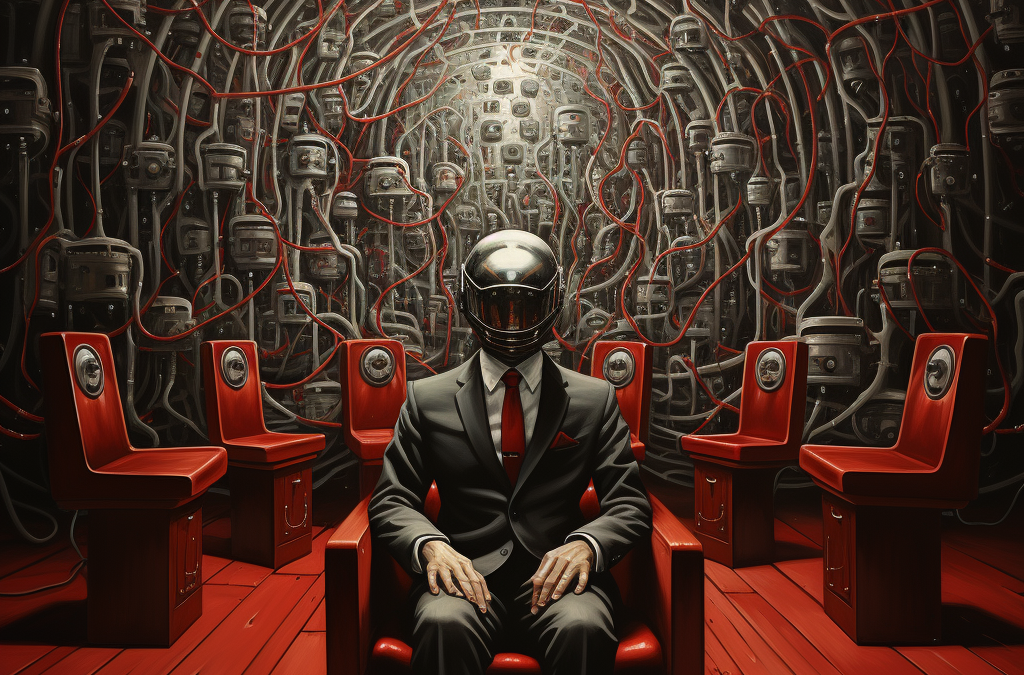In the realm of competitive sports and high-stakes business, the physical and technical aspects tend to take center stage. However, often overlooked is the mental aspect that comes into play, which is just as critical in achieving success. Mastering the mind game is the ultimate challenge that can make or break a person’s success in any endeavor. In this article, we will explore the importance of mental toughness and provide tips on how to thrive in the ultimate mental challenge.
The Importance of Mental Toughness
Mental toughness is the ability to maintain focus, confidence, and determination in the face of adversity. It is a crucial component in achieving peak performance in any field, as it allows an individual to overcome setbacks and continue pushing forward. Additionally, mental toughness can enhance resilience and prevent burnout, leading to long-term success.
Tips for Mastering the Mind Game
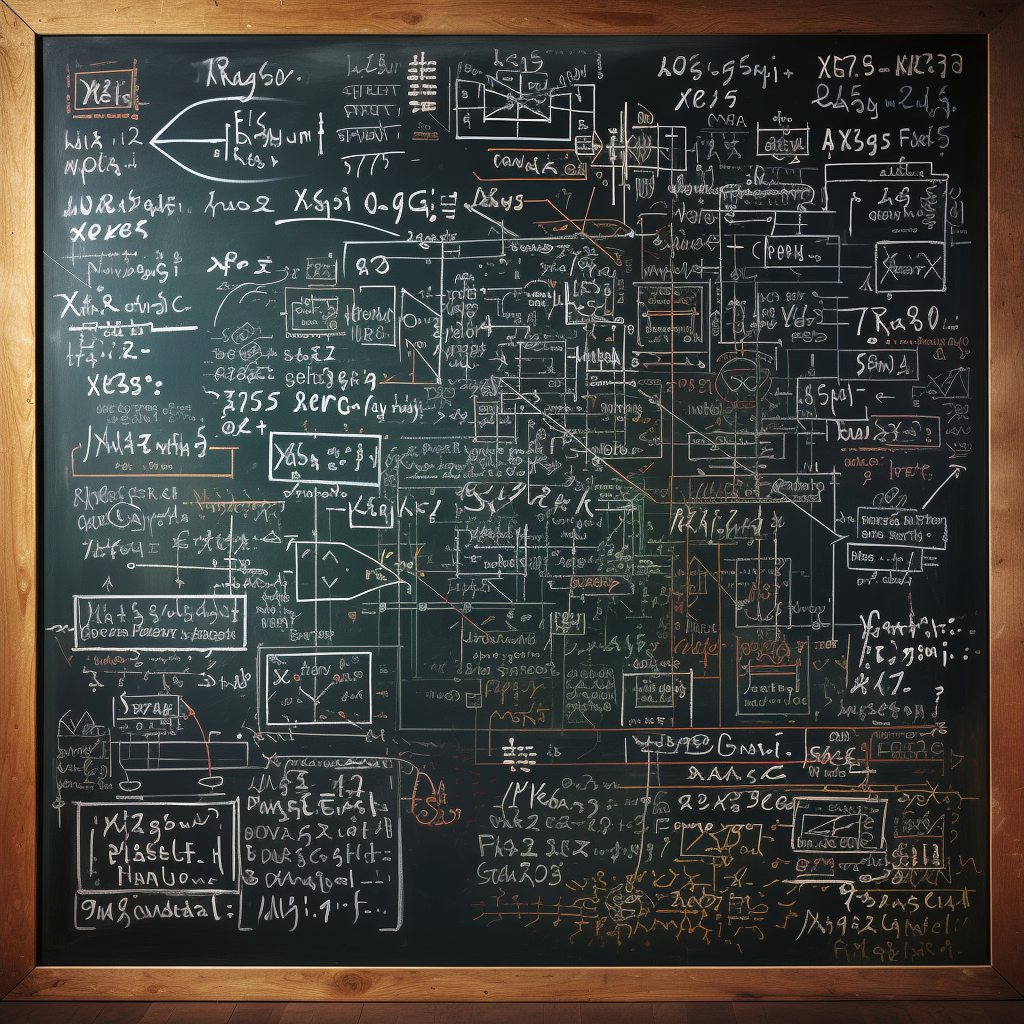
- 1. Develop Your Self-Awareness
Understanding your thoughts, emotions, and behaviors is the first step to mastering the mind game. By developing self-awareness, you can identify your strengths and weaknesses and devise strategies to improve your mental game.
- 2. Set Clear and Achievable Goals
Setting clear and achievable goals helps to maintain motivation and provides a sense of purpose. Ensure that your goals are specific, measurable, attainable, relevant, and time-bound (SMART). This will assist in creating a roadmap to success and help you stay on track.
- 3. Cultivate a Growth Mindset
A growth mindset is the belief that your abilities can be developed through dedication and hard work. Embrace challenges and view setbacks as opportunities for growth, rather than as evidence of your limitations. This mindset can help build resilience and promote a continuous desire to improve.
- 4. Practice Visualization
Visualization is the process of creating mental images of the desired outcome. By mentally rehearsing your actions and envisioning success, you can increase your confidence and improve your mental focus. Incorporate visualization techniques into your daily routine to maximize their benefits.
- 5. Implement Positive Self-Talk
Positive self-talk is a powerful tool in combating negative thoughts and emotions. Replace self-doubt and criticism with positive affirmations to boost your self-esteem and maintain a strong mental game.
- 6. Manage Stress and Anxiety
Stress and anxiety can hinder your mental performance and lead to burnout. Develop healthy coping mechanisms, such as deep breathing exercises, meditation, or physical activity, to manage your stress levels and maintain a clear mind.
- 7. Surround Yourself with Positivity
The company you keep can significantly impact your mindset. Surround yourself with positive and supportive individuals who encourage your growth and success. This will help you maintain a positive outlook and strengthen your mental game.
- 8. Embrace Failure
Failure is an inevitable part of the journey to success. Rather than fearing failure, embrace it as a learning opportunity and use the experience to grow and improve. By adopting this mindset, you will be better equipped to bounce back from setbacks and maintain your mental resilience.
- 9. Train Your Focus
A critical aspect of mental toughness is the ability to maintain focus under pressure. Train your mind to concentrate on the task at hand and avoid distractions. Techniques such as mindfulness meditation can help improve your focus and mental clarity.
- 10. Reflect on Your Progress
Regularly reflect on your progress and evaluate your mental growth. This will help you identify areas of improvement and celebrate your achievements. By acknowledging your progress, you will fuel your motivation and maintain a strong mental game.
Mastering the mind game is an ongoing process that requires constant self-reflection, growth, and adaptation. By implementing the tips provided in this article, you can strengthen your mental toughness and thrive in the ultimate mental challenge. Remember, the mind is a powerful tool – harness its potential and conquer the battlefield of the mind.
The Real Science Behind Human Eyes
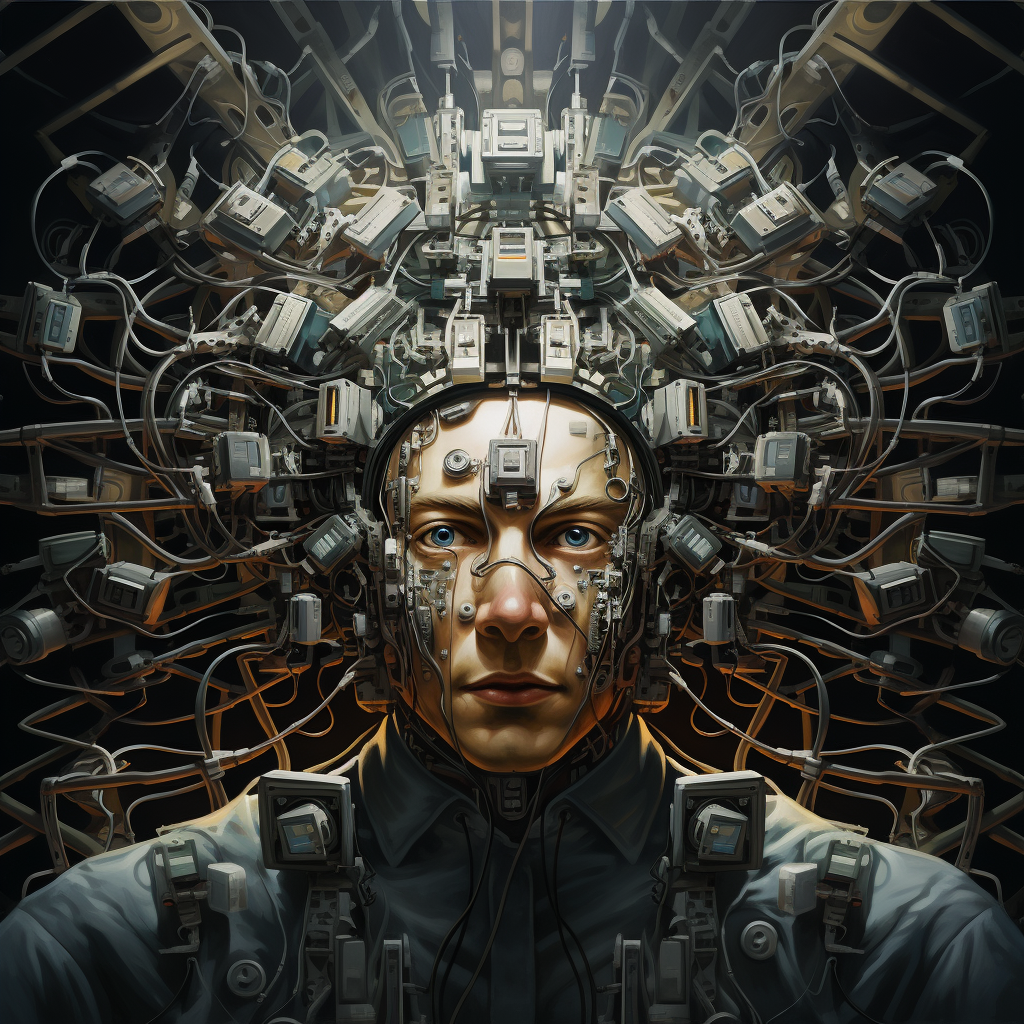
The eyes are often referred to as the windows to the soul, but could they also be black holes in the universe? This intriguing idea has been discussed in scientific circles for years, with some researchers suggesting that our eyes behave in a way that is strikingly similar to the behavior of black holes. In this article, we will explore the theory behind this concept and discuss the possible implications it has for our understanding of the universe and the human body.
The Science of Black Holes
Black holes are mysterious cosmic entities that have captured the imagination of scientists and the public alike. They are formed when a massive star collapses under its own gravitational pull, creating a region in space with a gravitational field so strong that nothing, not even light, can escape it.
The event horizon, which is the boundary around the black hole beyond which nothing can escape its gravitational pull, acts as a point of no return. Once an object crosses the event horizon, it is inexorably drawn into the black hole, never to be seen again.
The Eye-Black Hole Connection
So, how do our eyes relate to these enigmatic cosmic phenomena? The connection lies in the way our eyes absorb light. When light enters our eyes, it passes through the cornea, the aqueous humor, the lens, and the vitreous humor before finally reaching the retina, which is responsible for converting light into electrical signals that are then sent to the brain for processing.
The retina is made up of specialized cells called photoreceptors, which include rods and cones. These cells contain a pigment called rhodopsin, which absorbs light and triggers a chemical reaction that generates electrical signals. The absorbed light is not reflected or re-emitted – it is effectively “trapped” within the photoreceptors, much like how light is trapped within a black hole.
Of course, the human eye is not a black hole in the literal sense – it does not possess the immense gravitational pull of a black hole, and it certainly does not behave like one in most other ways. However, the concept of our eyes acting like miniature black holes when it comes to light absorption is a fascinating one that warrants further exploration.
Implications of the Theory
If our eyes do indeed behave like black holes in terms of light absorption, what does this mean for our understanding of the universe and the human body? For one, it could provide us with a unique and accessible model for studying black hole dynamics. By examining the way our eyes absorb light, we might be able to gain new insights into the behavior of black holes and the nature of gravity itself.
Additionally, this theory could have implications for our understanding of human vision and the development of new treatments for vision-related disorders. If we can better understand the mechanisms by which our eyes absorb and process light, we may be able to develop more effective treatments for conditions such as age-related macular degeneration and retinitis pigmentosa.
The idea that our eyes act like black holes in terms of light absorption is a fascinating one that has the potential to reshape our understanding of both the cosmos and the human body. While it is important to remember that this is just a theory, it is a theory that could have far-reaching implications and deserves further exploration. In the meantime, we can marvel at the mysterious science behind our eyes, which are both the windows to our souls and the gateways to a universe of endless wonder.
The Science of All Things from the Atom to the Stars
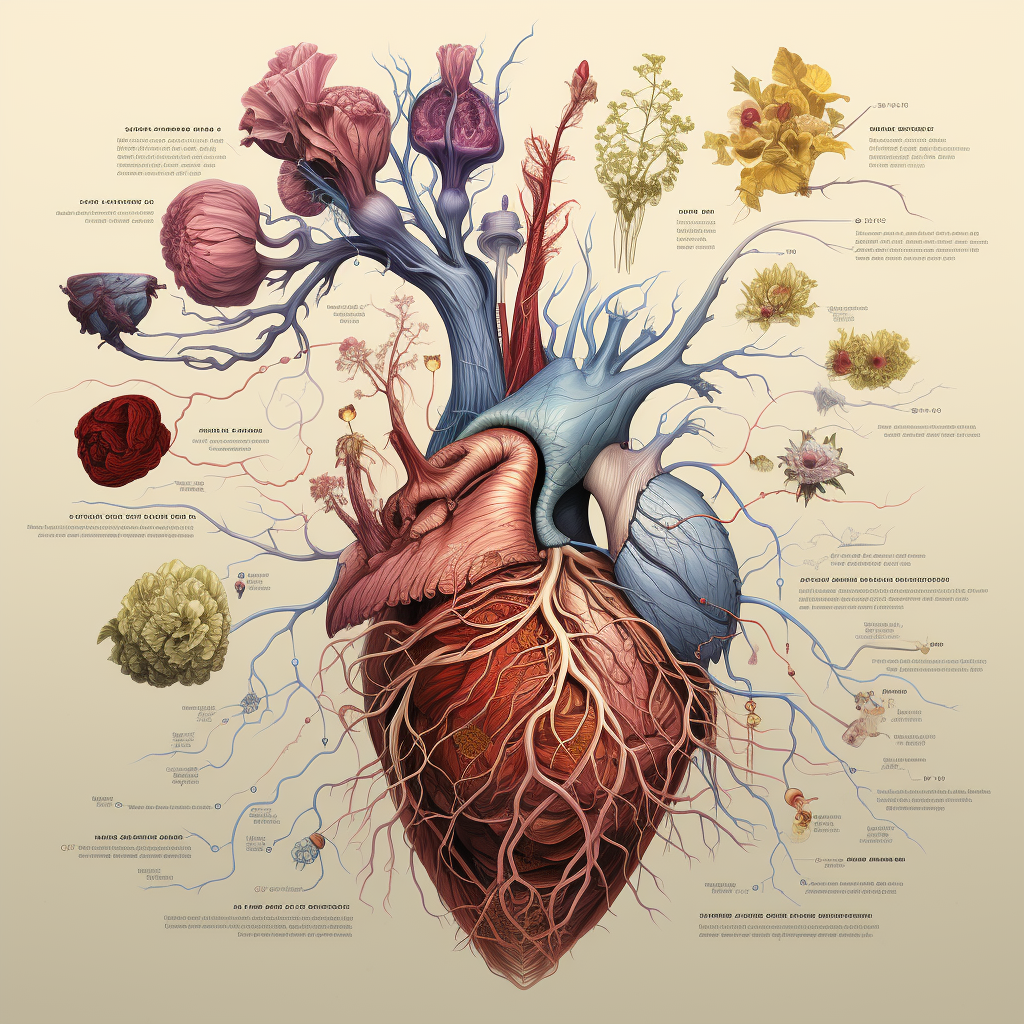
From the dawn of humanity, we have looked up at the night sky and wondered about the vast, seemingly infinite cosmos above us. As our understanding of the universe has evolved over millennia, so has our knowledge of our own existence. The more we learn about the cosmos, the more we realize that there is an intricate, yet profound connection between the macrocosm of the universe and the microcosm of human life on Earth. This cosmic connection transcends the realms of science and spirituality, hinting at a fundamental interdependence between all things, large and small.
The Cosmic Web
One of the most striking examples of the macrocosm-microcosm connection lies in the structure of the universe itself. At the largest scales, the cosmos appears to be organized into a complex network of galaxies, known as the cosmic web. This web is made up of enormous filaments of dark matter and gas that stretch across vast distances, connecting galaxies and forming colossal structures in the process.
Remarkably, the cosmic web shares striking similarities with the structure of the human brain. The intricate networks of neurons and synapses that make up our brains also form complex, web-like structures. This is not the only parallel between the cosmos and human life – the formation of stars and galaxies can be compared to the development of cells and organisms, and the birth and death of stars mirrors the life cycles of living beings on Earth.
Fractals and Chaos Theory
Fractals, a concept in mathematics, provide another example of the macrocosm-microcosm connection. Fractals are patterns that repeat themselves at different scales, and they can be found throughout nature, from the microscopic to the cosmic level. For instance, the branching patterns of trees, rivers, and blood vessels all exhibit fractal behavior.
Chaos theory, a branch of mathematics that deals with complex systems, has also shed light on the interconnectedness of the universe and human life. According to chaos theory, small changes in initial conditions can lead to drastically different, unpredictable outcomes. This concept, known as the “butterfly effect,” is reflected in both the cosmos and human life. The formation of galaxies and solar systems depends on minute variations in the early universe, while the course of a person’s life can be altered by seemingly insignificant events or decisions.
Quantum Entanglement
At the smallest scales, the world of quantum mechanics unveils the most profound connection between the macrocosm and microcosm. Quantum entanglement, a phenomenon in which the properties of two particles become correlated, regardless of the distance between them, is a prime example of this connection. This mysterious phenomenon is often described as “spooky action at a distance” and has been the subject of much debate among physicists.
Quantum entanglement implies that, at the most fundamental level, everything in the universe is interconnected. This idea resonates with spiritual concepts such as the unity of all existence and the interconnectedness of all living beings. As our understanding of quantum mechanics deepens, we may find even more profound connections between the cosmos and human life.
The Human Experience
Ultimately, the cosmic connection reveals itself most profoundly in the human experience. Our emotions, thoughts, and consciousness may be deeply rooted in the fabric of the universe. This connection can be observed in art, literature, and music, which often reflect themes of unity, interconnectedness, and the quest for understanding our place in the cosmos.
The macrocosm of the universe and the microcosm of human life are deeply interconnected, as evidenced by the cosmic web, fractals, chaos theory, and quantum entanglement. As our understanding of these connections continues to grow, we may find that the mysteries of the cosmos hold the key to unlocking a deeper understanding of ourselves and our place in the universe. This cosmic connection serves as a reminder that we are not isolated beings, but rather, an integral part of the vast and infinite cosmos.
The Difference Between Probability and Potential in Science
The world is filled with potential – potential for success, growth, and happiness. But what if we could harness the power of potential and use it to unlock our dreams and aspirations? The science of probability offers insight into just that. By understanding the mechanics of probability, we can begin to see the world through a lens of possibilities, helping us make informed decisions and take calculated risks to turn our dreams into reality.
Understanding Probability
At its core, probability is the mathematical study of uncertainty and randomness. It is the measure of the likelihood that a particular event will occur, expressed as a percentage or a ratio. In everyday life, we encounter probability in various forms, from the weather forecast predicting rain to the odds of winning the lottery.
The concept of probability can be traced back to ancient Greece when philosophers used it to study the laws of chance. However, it wasn’t until the 16th and 17th centuries when mathematicians like Blaise Pascal and Pierre de Fermat began to formalize probability and its rules, which are now used across disciplines such as physics, finance, and even artificial intelligence.
Applying Probability to Potential
- 1. Decision-Making
Probability allows us to weigh the potential outcomes of a decision and make more informed choices. By understanding the likelihood of different events occurring, we can assess the risk and reward associated with each option, leading to better decision-making.
For example, consider an investment opportunity with a 60% chance of success and a 40% chance of failure. By recognizing the probabilities, we can determine if the potential reward outweighs the potential risk and make a more informed decision about whether to invest.
- 2. Embracing Uncertainty
life is filled with uncertainty, and it can often feel overwhelming. However, by applying probability, we can begin to understand and embrace the uncertainty that surrounds us.
Rather than fearing the unknown, we can use probability as a tool to identify the most likely outcomes of a situation and prepare ourselves accordingly. By doing so, we can take control of our lives and make decisions with more confidence.
3. Calculated Risk-Taking
The concept of calculated risk-taking is central to unlocking our potential. By understanding the probabilities associated with various outcomes, we can make decisions that maximize our chances of success while minimizing our exposure to failure.
For instance, entrepreneurs often take calculated risks when starting a business, weighing the potential rewards against the likelihood of success. By embracing probability, we can make better decisions in both our personal and professional lives, ultimately converting our dreams into reality.
4. Optimizing Success
Probability allows us to optimize our chances of success by identifying the most effective strategies and approaches. By analyzing data and understanding the probabilities associated with different actions, we can make smarter choices and increase our likelihood of achieving our goals.
For example, athletes use probability to determine the most effective training methods and techniques, while companies use it to identify the most profitable products and market strategies.
Conclusion
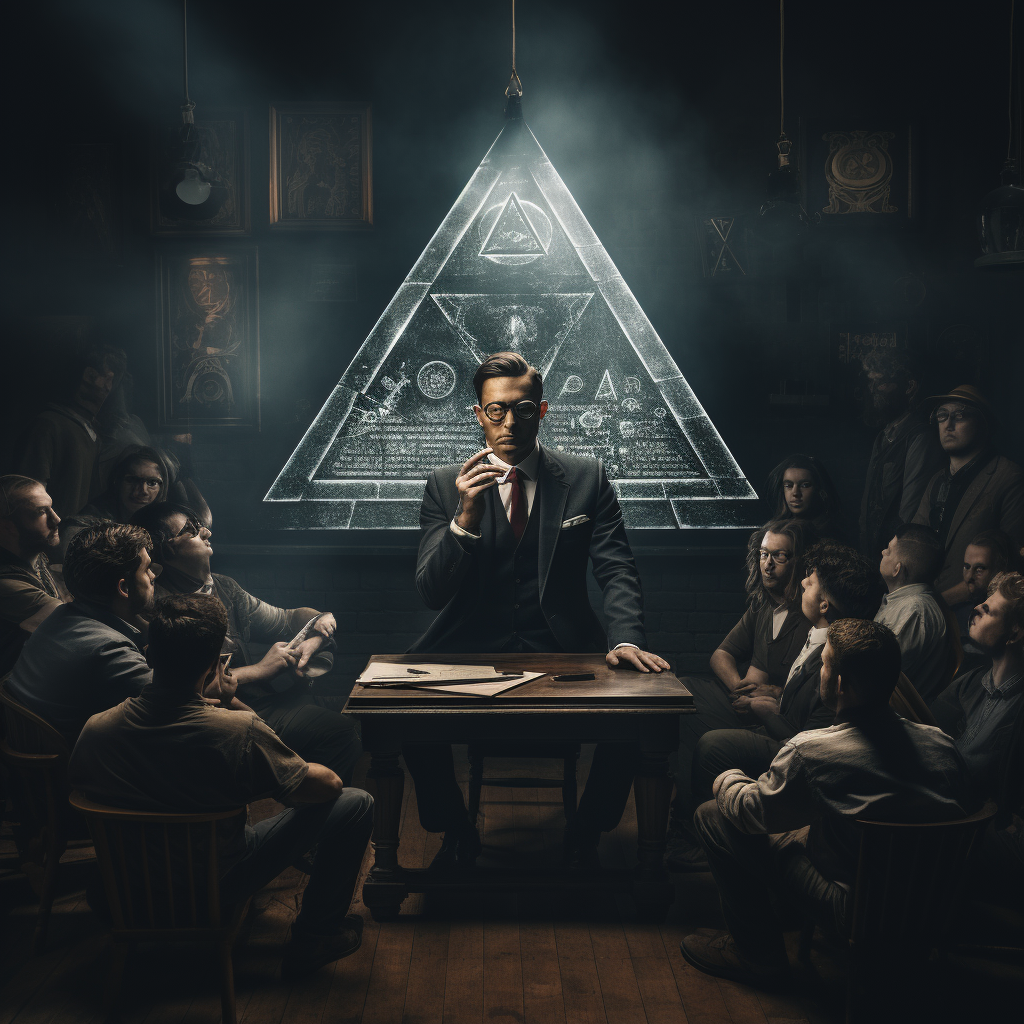
The power of potential lies in our ability to harness the science of probability and use it to unlock our dreams and aspirations. By understanding the mechanics of probability, we can make more informed decisions, embrace uncertainty, take calculated risks, and optimize our chances of success.
By applying probability to our everyday lives, we can begin to see the world through a lens of possibilities, ultimately turning potential into reality. So, let us welcome the science of probability into our lives and use it as a tool to unlock our full potential.
Join Our Discord HERE for Free Art and NFT Game Items
🌐 https://discord.gg/4KeKwkqeeF
🚤 https://opensea.io/EyeOfUnity
🎭 https://rarible.com/eyeofunity
🍎 https://magiceden.io/u/eyeofunity
Other Websites by Eye of Unity:
https://eyeofunity.com
https://meteyeverse.com
https://000arcade.com
https://00arcade.com
https://0arcade.com
https://wealth-financing.com
https://techgenstore.com
https://systementcorp.com
https://affiliatesbonus.com
https://albertbrain.com
https://lastdaystore.com
https://controlsecret.com
https://realufopics.com
https://officialmikemc.com
https://keyselfdefense.com
https://ashleymega.com

